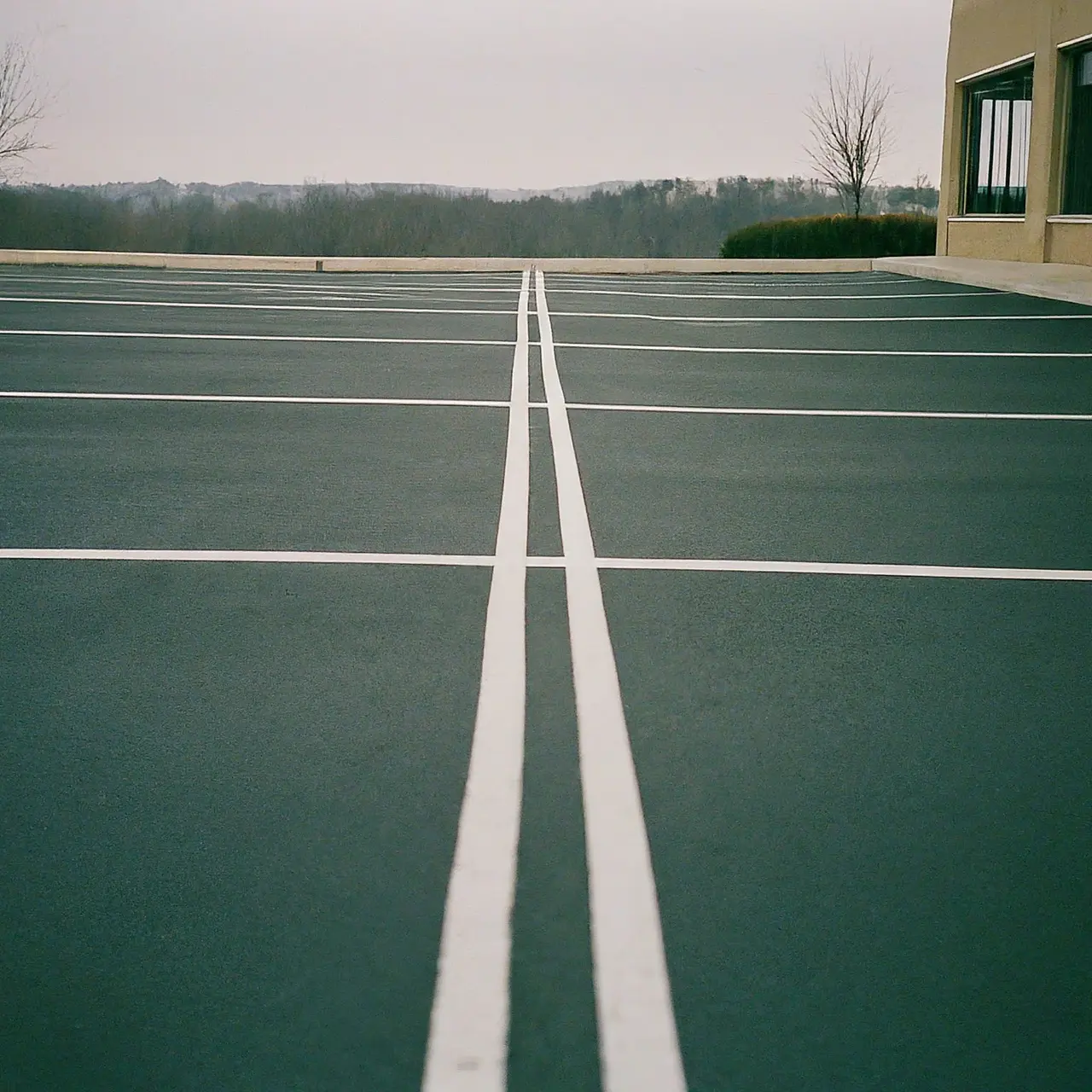In the world of commercial properties, the first impression can significantly impact a visitor’s perception. A well-maintained pavement not only enhances curb appeal but also ensures safety. Discover the significance and frequency of maintenance your commercial paving requires.
Understanding Commercial Paving Maintenance
Commercial paving maintenance goes beyond superficial concerns, addressing the structural integrity and longevity of pavements. Proper upkeep involves regular inspections, cleaning, crack filling, and sealcoating, tailored to the pavement’s material and usage.
Ignoring maintenance can lead to accelerated deterioration, resulting in safety hazards and costly repairs. An effective maintenance plan takes into account the specific needs of your paving, including traffic patterns and local weather conditions.
Signs Your Commercial Paving Needs Maintenance
Visual cues are often the first indicators that your commercial paving requires attention. Cracks, potholes, and areas of standing water signal the need for immediate intervention to prevent further damage.
Faded markings and discolored surfaces can also suggest it’s time for maintenance. These issues not only detract from your property’s appearance but can also lead to confusion and unsafe conditions for drivers and pedestrians alike.
Recommended Maintenance Frequency for Different Paving Types
The frequency of maintenance for commercial paving varies significantly with the type of material used. Asphalt pavements generally require sealing every two to three years, while concrete surfaces benefit from sealing every five years to prevent moisture penetration.
For pavements that bear heavy loads or experience high traffic, more frequent inspections and proactive maintenance can help avoid disruptive damages.
Paving materials like permeable pavement, which are designed for better water management, may have unique maintenance requirements to ensure their functionality remains intact.
Seasonal Maintenance Tips for Commercial Paving
Seasonal changes can have a profound impact on commercial pavements, necessitating tailored maintenance approaches. Before winter, it’s crucial to repair cracks and crevices to prevent water from freezing and expanding, causing further damage.
Spring is an ideal time for thorough cleaning to remove debris and chemicals that have accumulated over the winter months. This not only improves appearance but also presents an opportunity to assess the winter’s impact on the pavement’s condition.
How to Extend the Life of Your Commercial Paving
Extending the life of commercial paving starts with proactive maintenance and timely repairs. Regular cleaning, prompt crack filling, and sealcoating can significantly delay the aging process of the pavement.
Additionally, employing traffic management strategies to distribute load evenly and avoid undue stress can further protect paving surfaces from premature wear and tear.
Choosing the Right Maintenance Service for Your Commercial Paving
Selecting a maintenance service provider for your commercial paving requires careful consideration. Look for companies with extensive experience in commercial paving, a solid track record, and the ability to offer comprehensive maintenance plans tailored to your specific needs.
Ensure they are well-versed in the latest maintenance techniques and materials, and can provide evidence of successful projects similar to yours.
Paving the Way Forward
Regular maintenance of commercial paving is not just about preserving appearance; it’s a strategic investment in the longevity and safety of your property. Adhering to a dedicated maintenance schedule minimizes costs over time and protects against the larger expenses of extensive repairs or complete replacements. Let this guide be the cornerstone of your commercial paving maintenance strategy, ensuring your property remains welcoming and safe for all.

